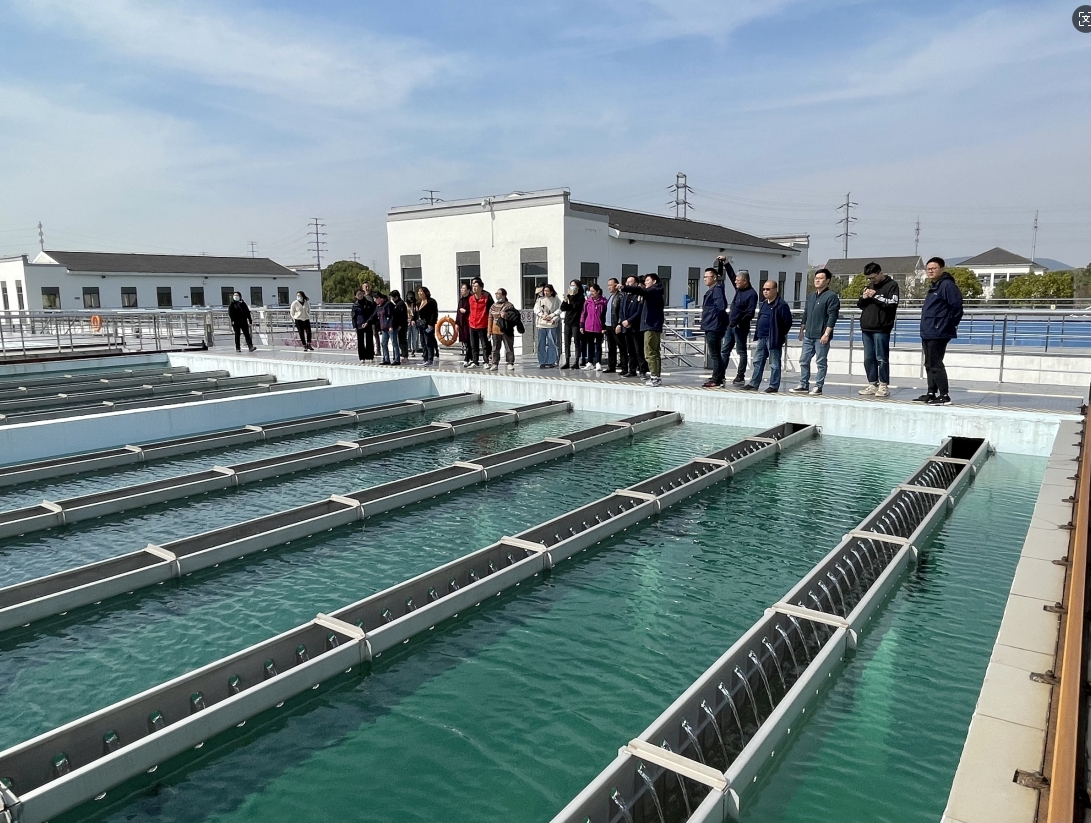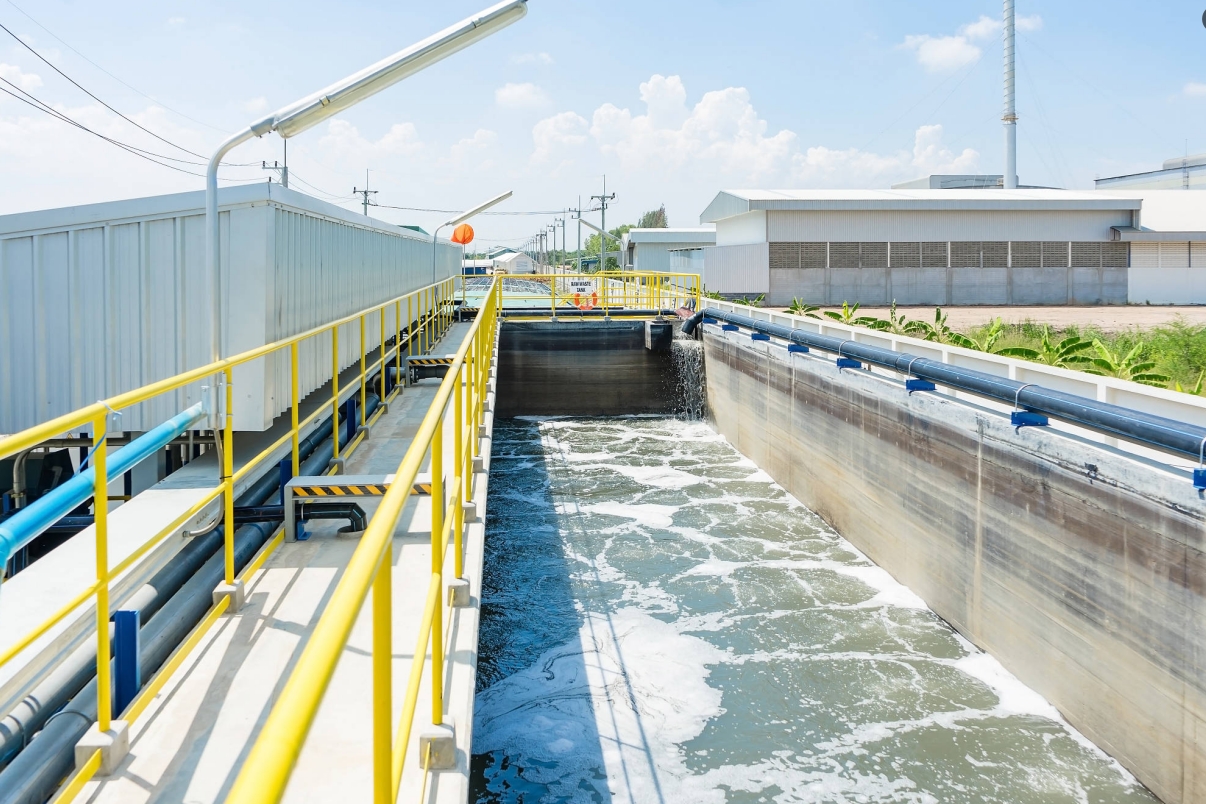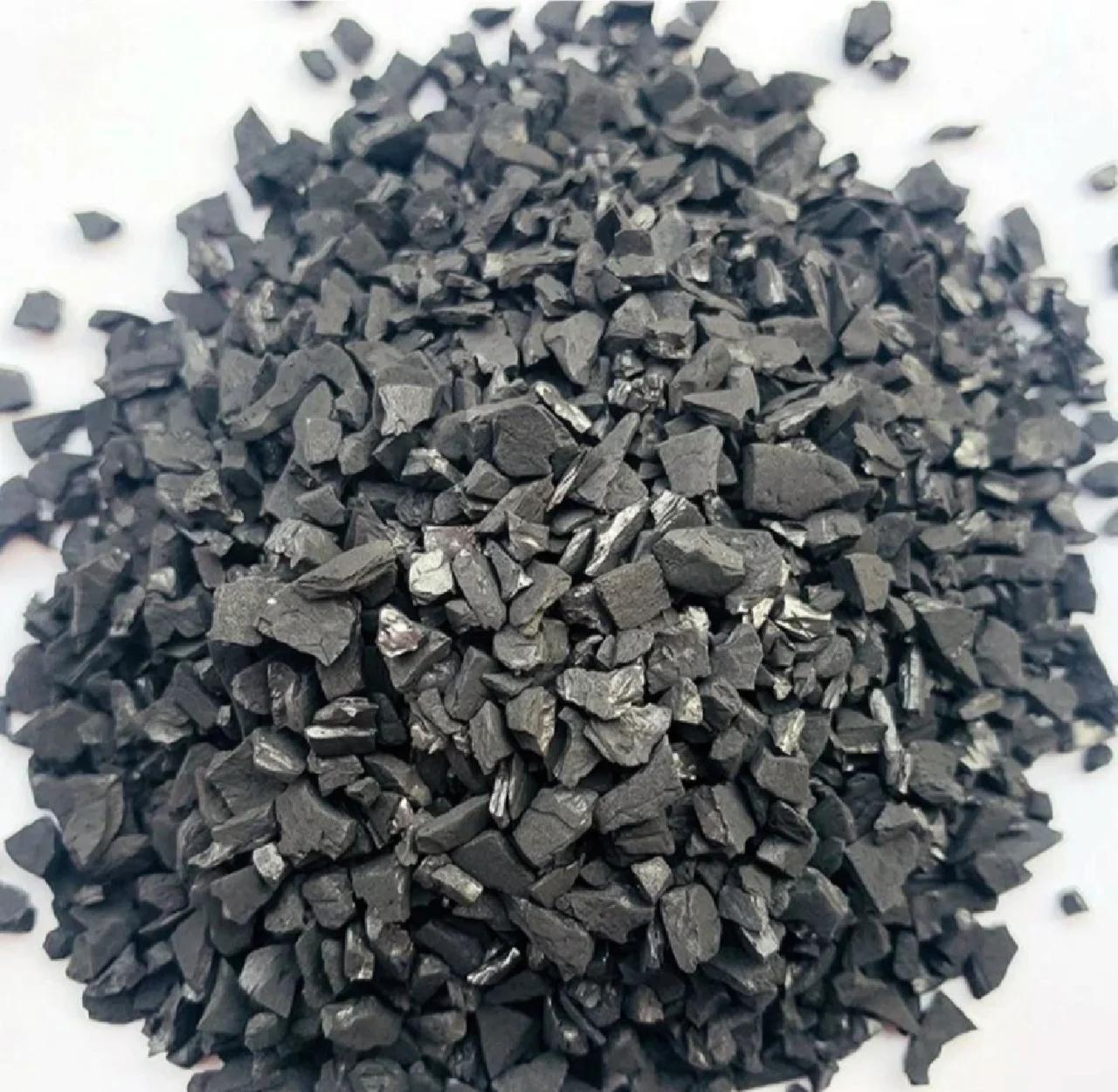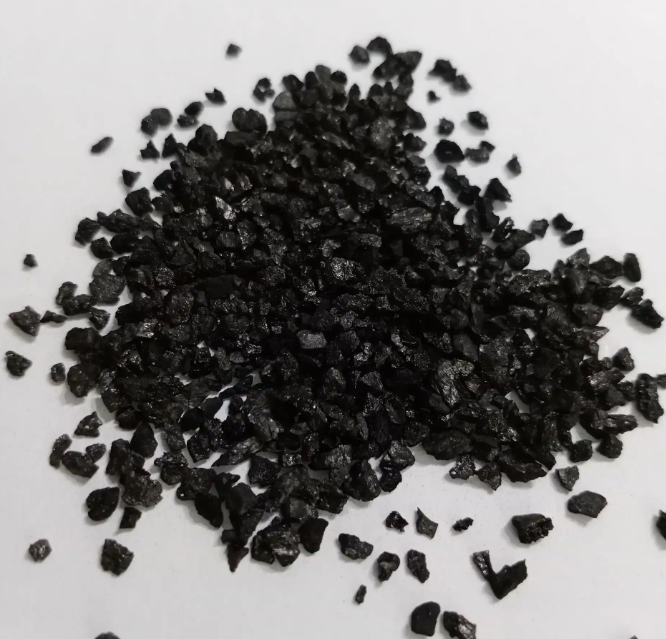Activated carbon is widely used in water treatment due to its unique physical and chemical properties (such as high specific surface area, porous structure, surface functional groups, etc.). Its main functions include adsorption of pollutants, decolorization, deodorization and catalytic degradation. The following is a detailed analysis of its core functions and typical examples:
1. The role of activated carbon in water treatment
Adsorption and removal of organic matter
Mechanism: Remove organic pollutants in water such as phenol, pesticides, dyes, etc. through physical adsorption (van der Waals force) and chemical adsorption (surface functional group reaction).
Advantages: It is still effective for low concentrations of organic matter (such as ppb level), especially suitable for treating persistent organic pollutants (POPs) that are difficult to degrade.
Decolorization and deodorization
Adsorb colored substances (such as humic acid) and odor-causing compounds (such as hydrogen sulfide, mercaptan) to improve water quality sensory indicators.
Removal of heavy metal ions
Surface oxygen-containing functional groups (such as carboxyl and hydroxyl groups) can undergo ion exchange or complexation reactions with heavy metals (such as lead, mercury, and cadmium).
Catalytic degradation of pollutants
As a catalyst carrier (such as loaded nano zero-valent iron), it promotes redox reactions to degrade chlorinated hydrocarbons, antibiotics, etc.
Disinfection byproduct control
Adsorbs precursors (such as humic acid) to reduce the generation of trihalomethanes (THMs) during chlorination disinfection.
II. Typical application examples
Drinking water treatment
Example: A city’s water plant uses granular activated carbon (GAC) filter to remove trace pesticides (such as atrazine) in water, and the effluent concentration is reduced from 0.5 μg/L to below 0.05 μg/L.
Process: Often used in combination with ozone (O3-BAC process) to enhance the degradation of organic matter.
Industrial wastewater treatment
Printing and dyeing wastewater: Powdered activated carbon (PAC) addition (20-50 mg/L) can decolorize more than 90%, and the COD removal rate is 60%.
Electroplating wastewater: Modified activated carbon adsorbs hexavalent chromium with an efficiency of 95% (optimal at pH=2).
Emergency pollution incidents
Oil spills: Activated carbon barriers absorb floating oil on the water surface, and hydrophobic modification increases oil absorption (up to 5-10 times its own weight).
Remediation of micro-polluted water bodies
Lake management: Activated carbon-biofilm composite technology, simultaneous adsorption of phosphorus and degradation of ammonia nitrogen, inhibiting algae outbreaks.
Household water purifiers
Filter core: Coconut shell activated carbon removes residual chlorine and odor, and improves taste (such as a certain brand of water purifier claims that the residual chlorine removal rate is >99%).
III. Technical points and challenges
Selection: Powdered activated carbon (PAC) is suitable for emergency addition, and granular activated carbon (GAC) is suitable for continuous filtration.
Regeneration: Thermal regeneration method (800℃) can restore activity, but the loss rate is about 5-10%.
Limitations: The adsorption effect on some polar small molecules (such as methanol) is poor, and other technologies (such as membrane filtration) need to be combined.
IV. Future development direction
Functional modification: For example, sulfide modification increases the adsorption capacity of mercury.
Bioactivated carbon (BAC): Combines microbial degradation to extend service life.
Green preparation: Use agricultural waste (such as rice husks) to prepare low-cost activated carbon.
How to choose the right activated carbon in water treatment applications?
Coconut shell charcoal: mainly micropores (pore size <2 nm), large specific surface area (1000~1500 m²/g), suitable for adsorbing small molecular organic matter (such as residual chlorine, phenol).
Coal-based charcoal: contains more mesopores and macropores (2~50 nm), slightly lower specific surface area (800~1200 m²/g), suitable for macromolecular pollutants (such as humic acid, dyes).
Adsorption performance
Organic matter removal: Coconut shell charcoal has higher adsorption efficiency for low-concentration organic matter (such as THMs); coal-based charcoal has better effects on color and macromolecular COD.
Heavy metal adsorption: Coconut shell charcoal has more oxygen functional groups on the surface and has stronger affinity for Pb²⁺ and Cd²⁺; coal-based charcoal needs to be modified to improve performance.
Mechanical strength
Coconut shell charcoal has high hardness (wear resistance value>95%) and is suitable for long-term water erosion; coal-based charcoal is fragile (wear resistance value 80~90%) and needs to be replaced regularly.
Selection suggestions
Prioritize coconut shell charcoal: for treating drinking water, slightly polluted water bodies, or scenes requiring high adsorption capacity.
Prioritize coal-based charcoal: for large-volume industrial wastewater treatment, limited budget, and when large molecular pollutants need to be adsorbed quickly.
Supplement: The two can be used in combination (such as coconut shell charcoal for pre-filtration of small molecules, and coal-based charcoal for post-interception of large molecules) to balance cost and effect.
Example:
For improving the taste of purified water in household water purifiers and removing residual chlorine, coconut shell activated carbon can be selected. For decolorization of large-scale industrial wastewater and COD reduction, coal-based activated carbon with lower prices can be selected.
The above applications show that activated carbon is an efficient and versatile material in water treatment, but the use method needs to be optimized according to the water quality characteristics to achieve the best benefits.




